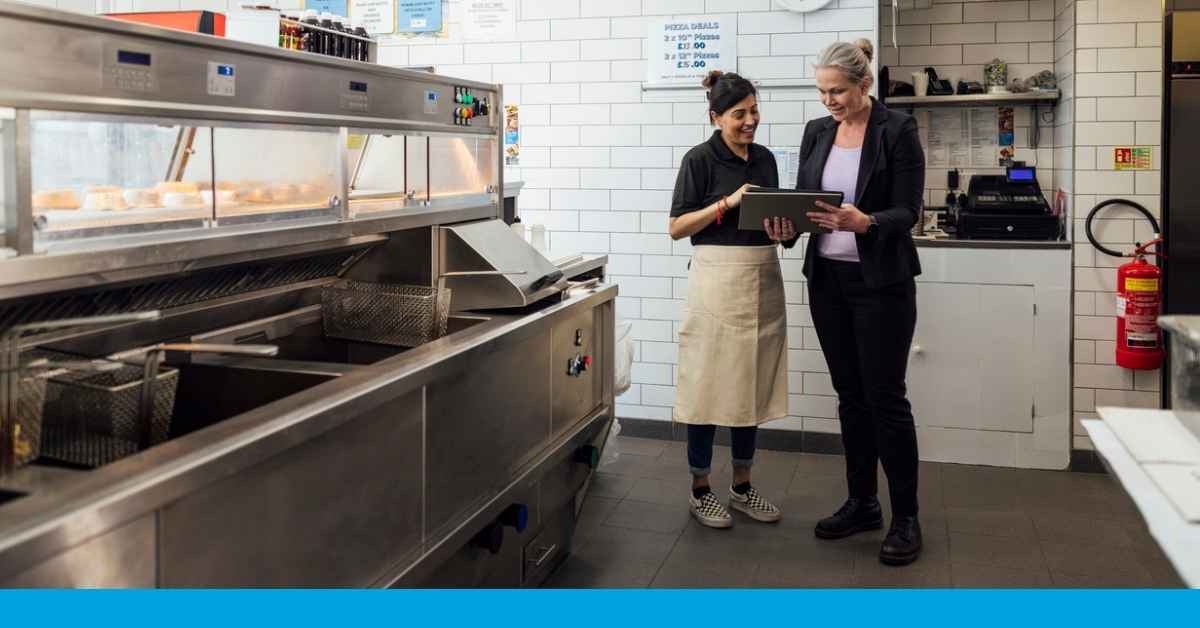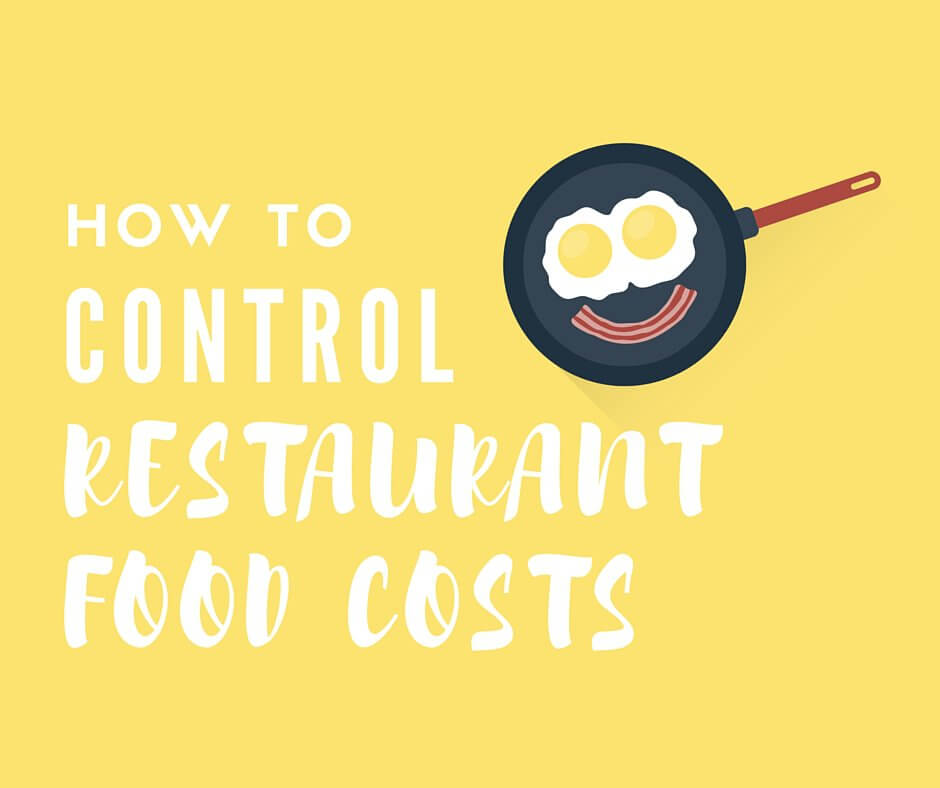Five Strategies for Improving Restaurant Efficiency
From reducing costs to improving customer retention, efficient restaurant operations can significantly impact profitability.
5 min read
Lindsay Sykes March 28, 2019

Guest Post by Saleem Khatri, Chief Executive Officer of Lavu
When running your restaurant, there’s a lot to keep track of: your customers, their orders, your staff, payments, inventory, and more. However, there’s a way to keep tabs on all of these seemingly independent tasks. Even more, you can keep track of most of these activities from one place. So, how is that done?
The answer is technology. With certain pieces of technology, you can streamline your restaurant's daily operations, improving your restaurant’s relationship with its customers and staff in the process. What’s more, you can lower labor costs and make your customers even happier. That said, there are some tech essentials you need in order to successfully do this.
In this article, we’ll take a look at the following tech pieces you need to succeed:
Chances are, you have a POS system (or, point-of-sale system) set up in your restaurant already, but ask yourself this: Does it offer all the functionality that you need to run your day-to-day operations? Does it meet all of your management needs? If your answer is no, it’s important that you take a step back and think about what you need to run your restaurant more efficiently.
With robust restaurant POS software, you can use a variety of functionalities concentrated in one system. These include:
With an iPad POS system, you can do all of the above functions without relying on a legacy POS system, which is usually based around central kiosk hardware and has to be physically installed. On the contrary, iPad POS systems are cloud-based and allow you to easily perform each task from anywhere in the restaurant.
When you have all of these capabilities rolled into one system, you can reduce the headache that comes with completing these tasks independently of one another and access it all in one place. This also decreases the chances for error and will keep your system updated automatically.
When looking at payment processors, there are a few factors you should consider. A payment processor handles transactions from various channels, such as credit cards. It’s important to look for a payment processor that:
By using a secure and efficient payment processor, you will keep your customers’ information safe and keep them happy in the process. But even more, you’ll be able to keep your data accurate and organized, which will increase your overall efficiency.
When working to improve the day-to-day operations of your restaurant, mobile forms software is a great way to create audits, checklists, reports, and inspections. Keep tabs on your productivity and efficiently communicate any issues to the right people, right away.
Some of the benefits of incorporating mobiles forms include:
Mobile forms software is a great way to increase productivity. By decreasing costs and reducing the amount of time you invest in checklists, audits, and more - you can ensure that your staff focuses on the right things, which will improve your restaurant operations and ensure a better customer experience.
It’s important to be sure that all of your processes are secure. By incorporating security features into your restaurant’s database, including your POS system and payment processor, you’ll achieve a higher level of protection for your business and your customers.
More specifically, keeping your database secure will:
Security is key to keeping your operations running smoothly. To give you an idea of what to look out for, here is a great article on website authentication that details who uses website authentication, why it’s important, and the best practices for incorporating it.
A great way to streamline your restaurant’s daily operations is by incorporating mobile ordering tablets into your ordering process. With mobile ordering, you can keep orders flowing and in turn foster a better relationship between your employees and your customers. Mobile ordering allows you to:
By using mobile ordering tablets, you can decrease the chance of order inaccuracies, speed up the process, and show your customers that you care about their experience, safety, and health. Stay on top of your order-taking process and consider incorporating a mobile ordering system to keep both your staff members and customers stress-free and happy.
Nowadays, customers love the ability to order online, and online food orders are a large part of restaurant revenue. Incorporating online ordering technology into your website and POS system can work to streamline the order-taking process and drive in more sales.
By using a robust online ordering tool, you can:
Just like with a payment processor, when setting up your online ordering platform, it’s important to add a level of security to the interface, especially if your customers are creating accounts on your platform. Swoop offers a great piece on user authentication and what to look for when allowing people to register for an account on your site.
There are several ways technology can help streamline the daily operations of your restaurant. Whether you’re looking to invest in mobile forms software, a more robust POS system, shop around for new payment processors, or incorporate mobile ordering tablets and online ordering - all can benefit your restaurant.
It’s even more effective when this technology is an all-in-one solution, so be sure to look for POS systems that offer these features. Once you’ve incorporated these tech essentials, you’ll be on your way to streamlining your process and improving your staff and customer experiences!
 Saleem Khatri is the Chief Executive Officer of Lavu
Saleem Khatri is the Chief Executive Officer of Lavu
Saleem has a "founders mentality", with a track record of working with high-growth software companies. He is a rare breed of someone who is both a hands-on leader and a strategic visionary and brings with him a myriad of inspiration, technical acumen, and a passion for our products, services, and customers. Saleem earned his MBA from the Harvard Business School and his undergraduate degree from the University of Michigan -- Ann Arbor.

From reducing costs to improving customer retention, efficient restaurant operations can significantly impact profitability.

With the holiday season already upon us, it’s time to start preparing your restaurant for all of the parties and event reservations that are fast...

To attain and maintain profitability, restaurants need to generate food costs between 28 to 35% – without sacrificing quality. But it’s a difficult...